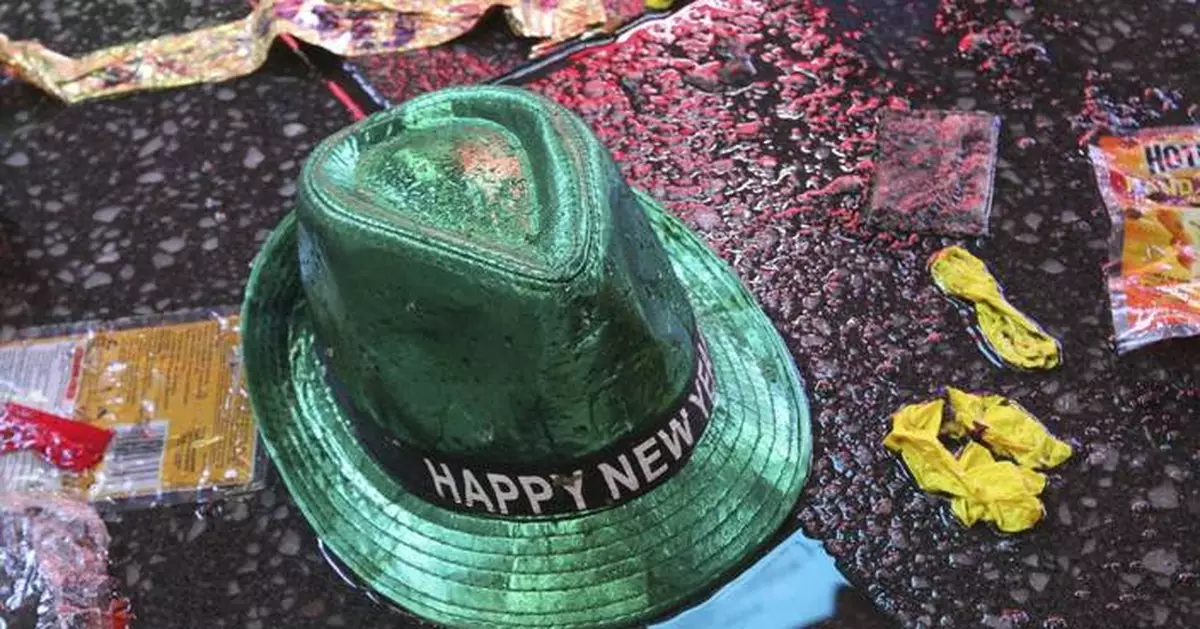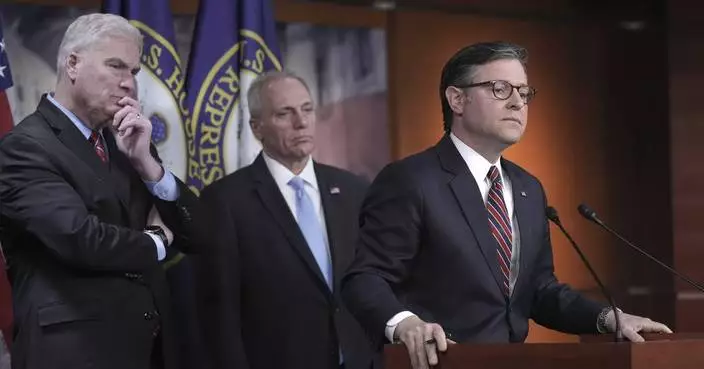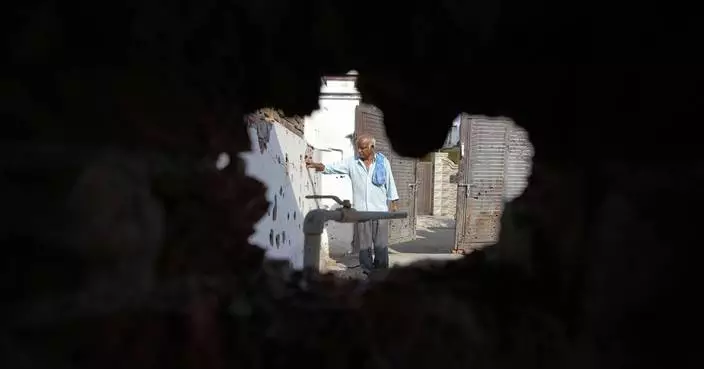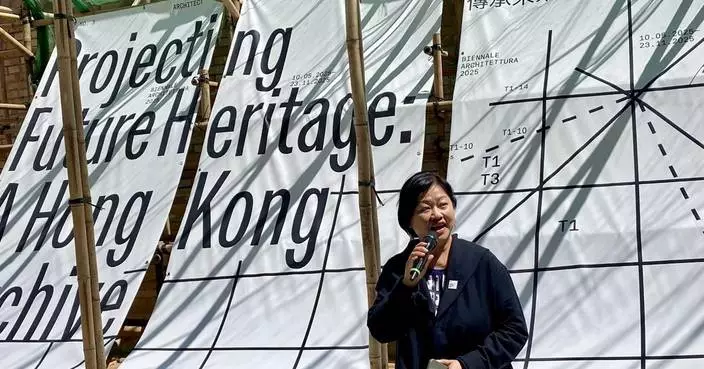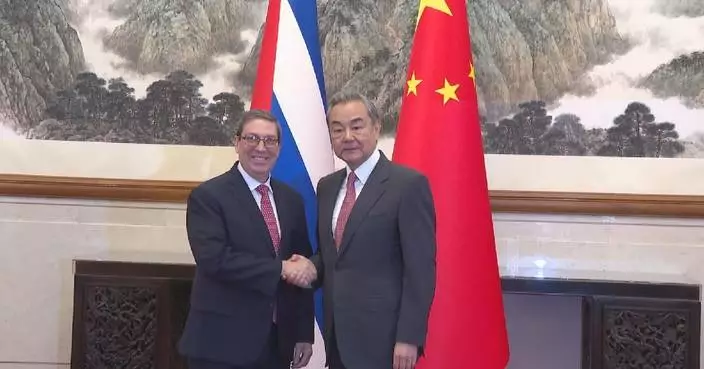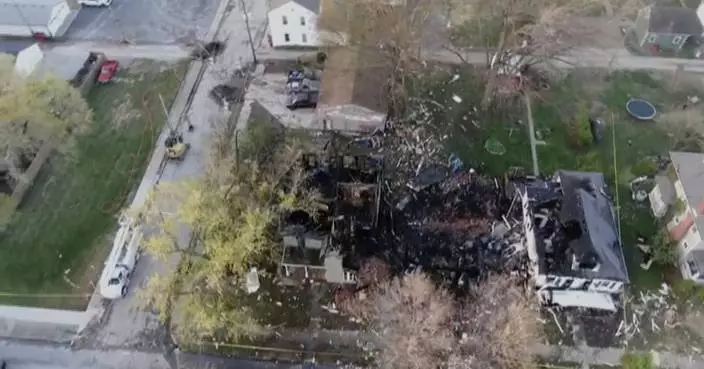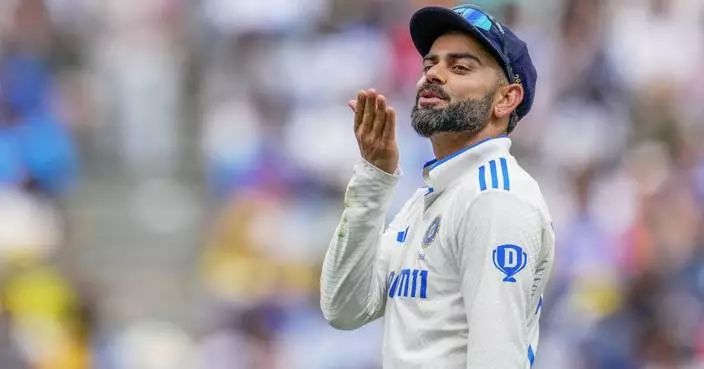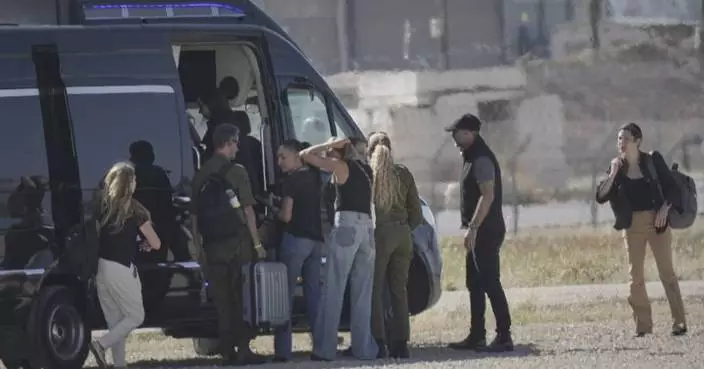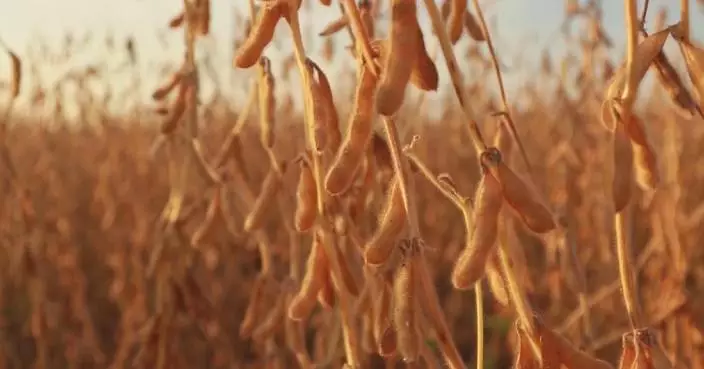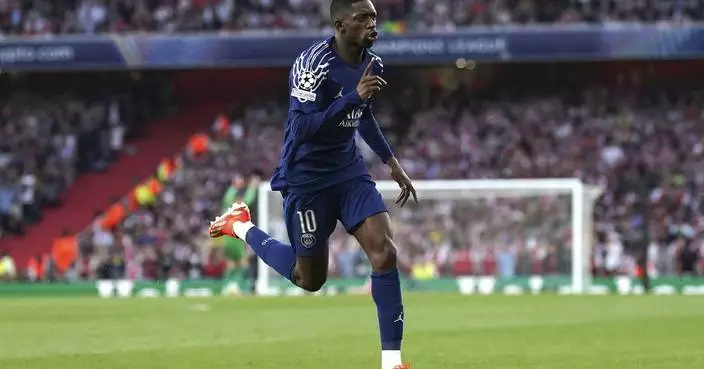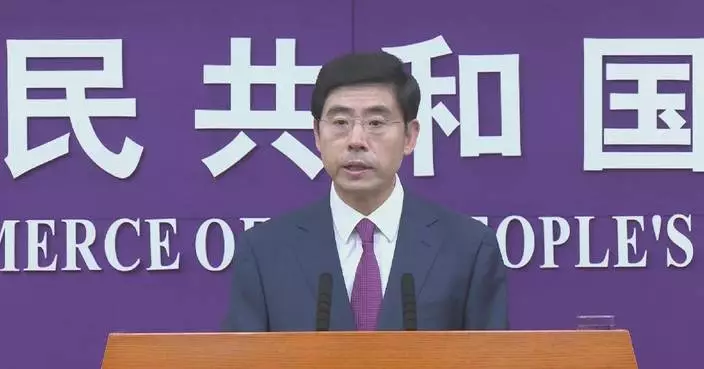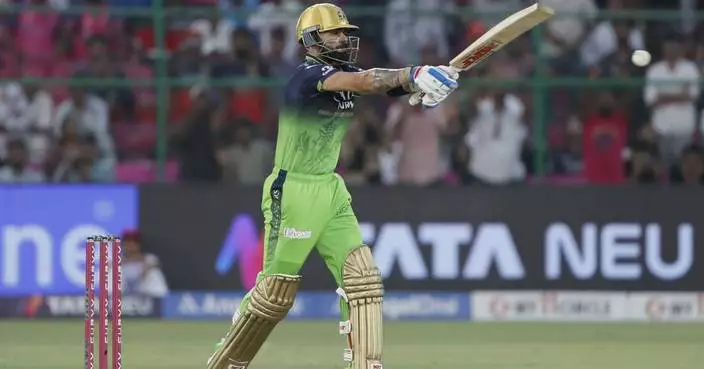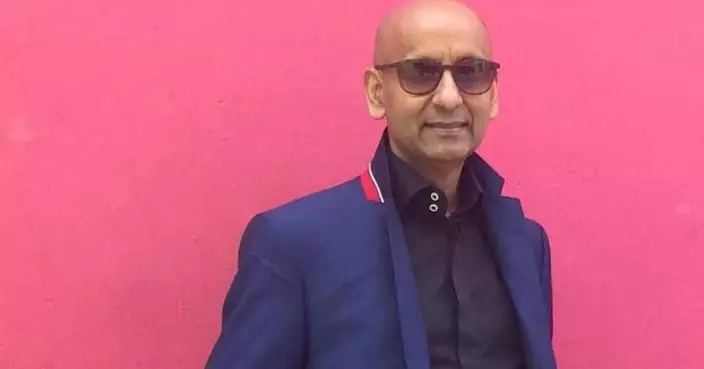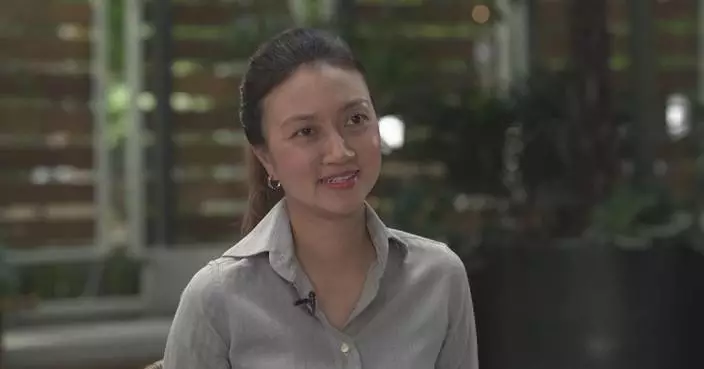LONDON (AP) — As the new year dawns, so too does the opportunity for change.
Experts say January can be a good time to reflect on self-improvement, but acknowledge it takes work to make resolutions stick.
Studies have shown that up to 70% of people who make New Year’s resolutions abandon those good intentions within months.
Here are some tips for how to keep those resolutions when your willpower starts to falter.
Psychologist Lynn Bufka suggests being realistic about any resolutions.
“It’s quite daunting to say that you want to lose 50 pounds and thus, will never eat dessert again,” she said. “It might be more helpful to say, you’re only going to have dessert on the weekends and for special occasions.”
Behavioral health experts recommend breaking ambitious goals into smaller targets, like swapping at least one snack for fruit and vegetables or getting some exercise for 10 minutes every day. Once you start hitting these smaller goals, the bigger one might not seem so daunting.
It’s tough to make big changes. Bufka said that simply thinking more positively about what your ultimate goal is — and what you're gaining from your changed behavior — can bolster your motivation.
“If I put money in a jar for what I would have spent on chocolate every day, that starts to add up.” explained Bufka, deputy chief of research and policy at the American Psychological Association.
Focusing on what the resolution is helping you to accomplish — rather than what you’re being deprived of — can be a powerful way to reframe your thinking, experts say.
A study of New Year’s resolutions published in 2020 found that people who focus on specific goals are more successful than those simply trying to kick bad habits.
In a group of more than 1,000 people, scientists found the most popular resolutions involved exercise, weight loss and eating habits. Other resolutions focused on self-improvement, personal finance issues and ways to focus on mental health and reduce stress.
Among the 55% of people who said they’d kept their resolutions after one year, nearly 60% of them had made resolutions involving goals versus 47% of those focused on avoiding certain behaviors.
Involving others in your efforts, both for support and to hold yourself accountable, may also help. Someone who decides to start exercising more, for example, might find it useful to join a running group or find a gym class with friends, to make training less of a chore.
Experts also recommended scheduling time into your calendar to help you keep your resolution, like blocking off a specific period every morning or evening.
Change is hard, so don’t expect perfection. There will inevitably be times when it feels impossible to keep your resolution or you want to give up.
“A great resolution might be, ‘I will be less judgmental with myself,’” said Tamara Russell of the British Psychological Society. “Research shows that the more we develop self-compassion, the more compassionate we can become towards others.”
Lastly, if Jan. 1 feels like an artificial date to adopt new resolutions, make the changes on your own schedule.
Russell said it makes “no sense at all” to make resolutions pegged to the calendar year, given that winter is typically a time of hibernation for much of the natural world.
She said that spring, as a season of growth and renewal, might be a better time for most people to embrace change.
To better keep resolutions, Russell suggests reviewing each week what has and hasn't worked.
“Keep refining and don't be afraid to adjust and fine-tune what you are doing,” she said. “Study your own behavior like a scientist.”
The Associated Press Health and Science Department receives support from the Howard Hughes Medical Institute’s Science and Educational Media Group. The AP is solely responsible for all content.

FILE - A runner appears in silhouette while running in temperatures in the 70s, Wednesday, Nov. 6, 2024, under a bridge near the Charles River, in Boston. (AP Photo/Steven Senne, File)

FILE - The 2025 New Year's Eve numerals are displayed in Times Square, Wednesday, Dec. 18, 2024, in New York. (AP Photo/Julia Demaree Nikhinson, File)
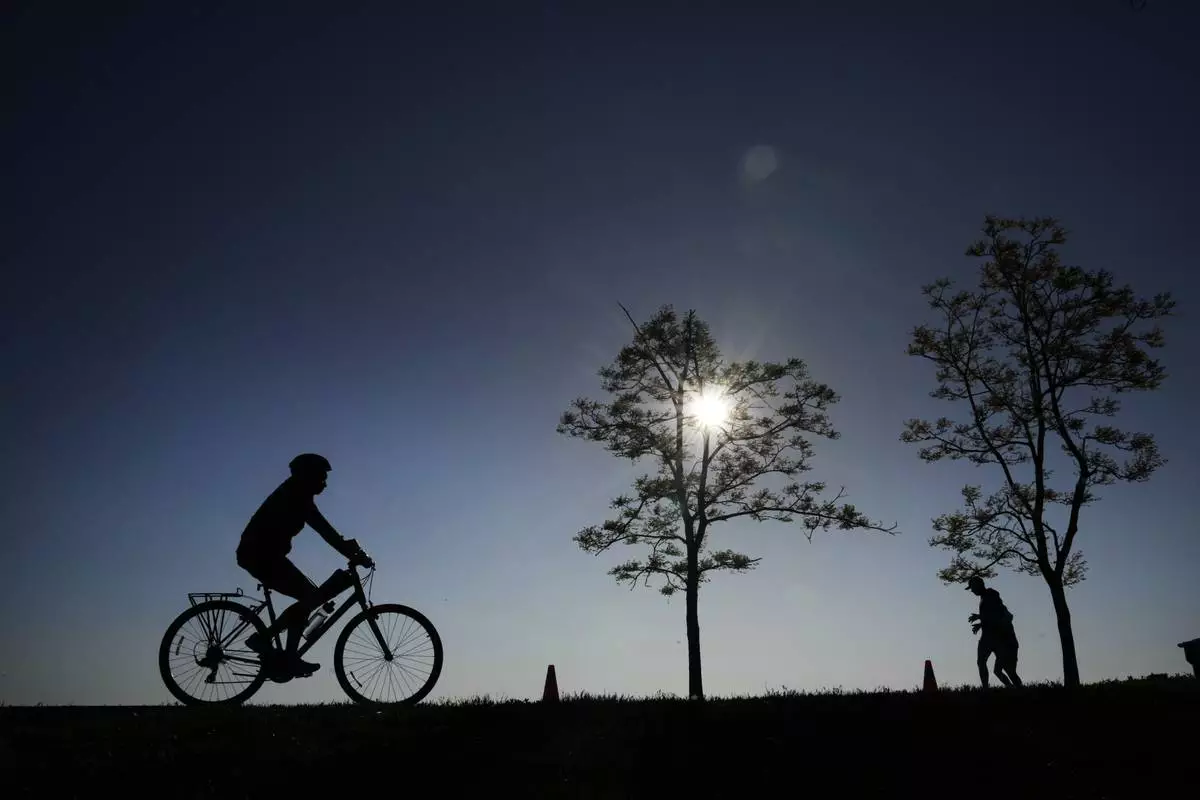
FILE - A cyclist and two joggers in silhouette navigate the bike path along Lake Michigan at the 31st Street Harbor Saturday, May 27, 2023, in Chicago. (AP Photo/Charles Rex Arbogast, File)
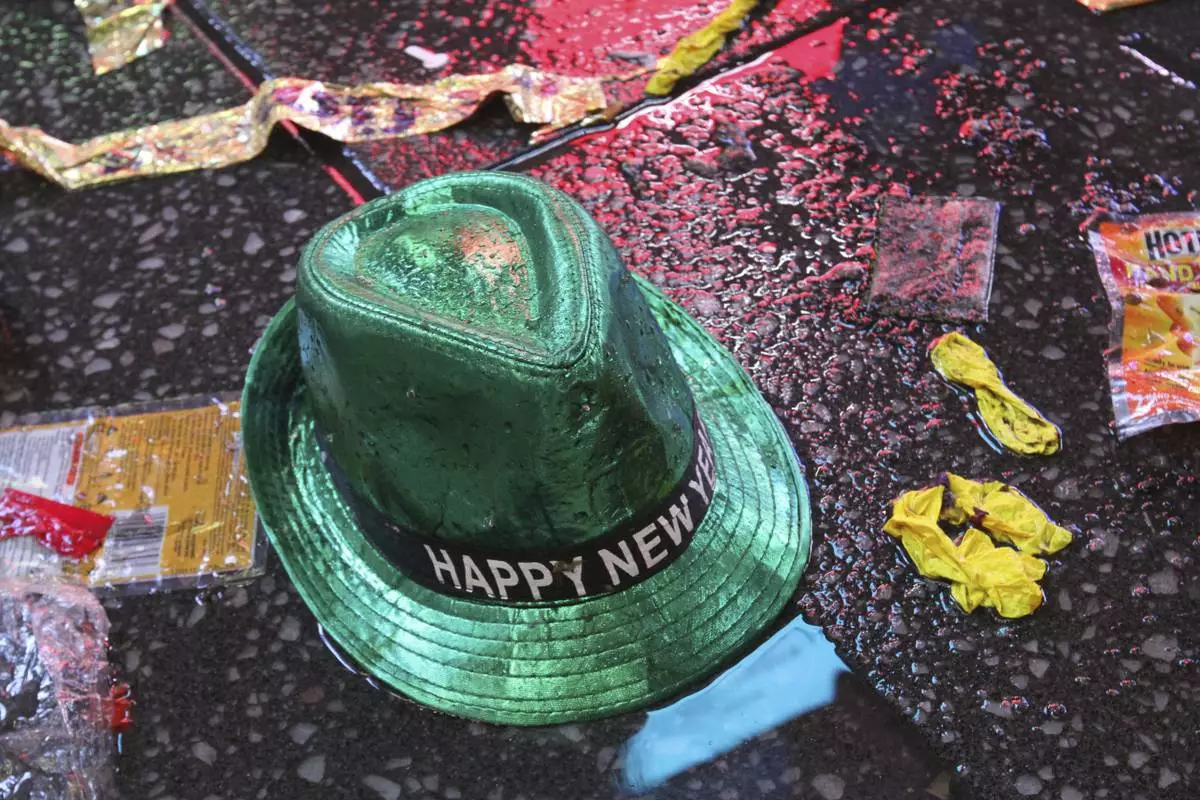
FILE - In this Jan. 1, 2019, file photo a "Happy New Year" hat lies on the wet ground along with other items following the celebration in New York's Times Square. (AP Photo/Tina Fineberg, File)


